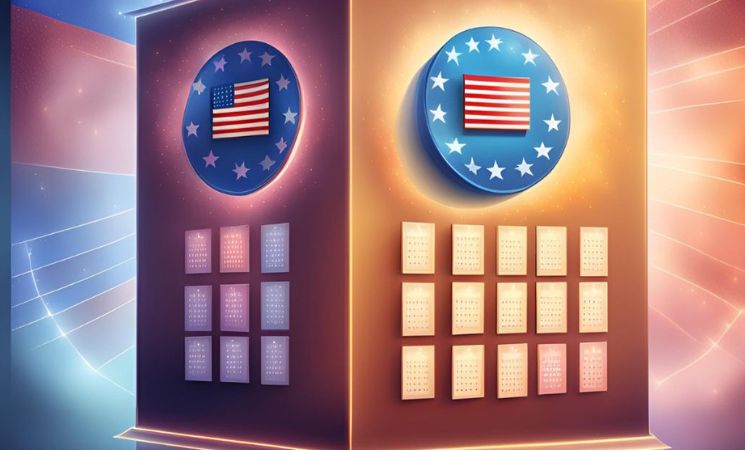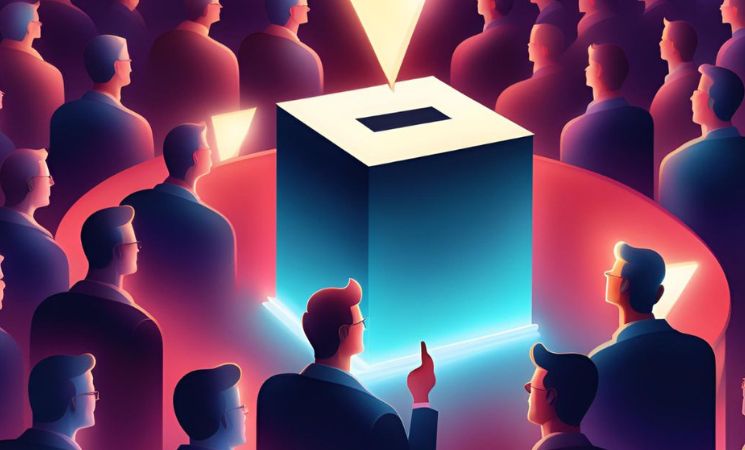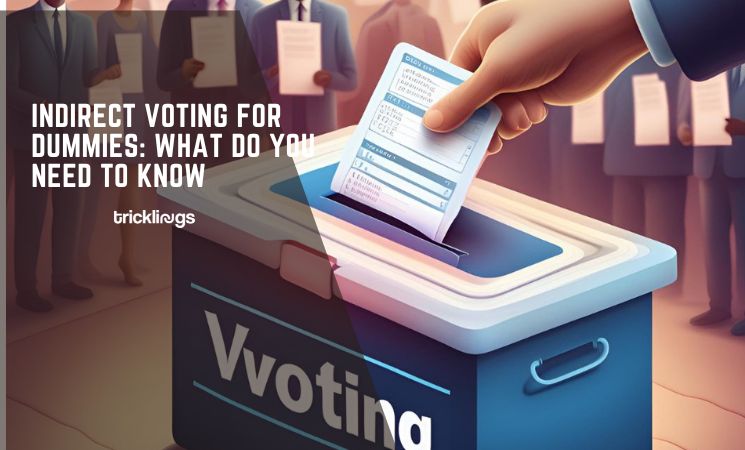In recent years, discussions around voting methods, particularly indirect voting systems, have resurfaced, sparking curiosity and raising questions. In an indirect voting system, citizens don’t directly elect their leaders or representatives.
Instead, they choose individuals (electors, representatives) who then make those decisions on their behalf.
This method can be seen in various forms of government, most notably the United States’ Electoral College, which elects the president and vice president.

The complexity of indirect voting often creates confusion among voters, but it plays a critical role in balancing representation, especially in larger nations.
Proponents argue that this system protects against populism by requiring candidates to appeal to broader constituencies, while critics believe it dilutes the power of individual votes.

Recent elections have brought attention to how the system operates, raising debates over its relevance in modern democracy.
As people explore how indirect voting works, it’s vital to educate voters on the system’s benefits and drawbacks.
Understanding this system’s role in shaping political outcomes allows voters to engage more effectively with the electoral process, fostering greater civic responsibility.
This method plays a central role in democracies around the world, including the United States, where the Electoral College elects the president.
One of the most prominent examples of indirect voting is the U.S. Electoral College. Established to balance the influence of more populous states against smaller ones, this system means that voters cast ballots not for presidential candidates themselves but for electors pledged to those candidates.
These electors, in turn, choose the president and vice president. The system has faced increasing scrutiny, especially in recent elections where the popular vote and the electoral vote diverged, leaving many voters questioning the fairness of the process.
Many proponents argue that indirect voting prevents the dangers of populism and encourages candidates to build broad coalitions across various states.
Critics, however, point to cases where presidents have been elected despite losing the popular vote, highlighting the disconnect between the will of the people and the final outcome.
Voter education is essential in helping people understand this system and how their participation still plays a crucial role in shaping the country’s future.
This debate extends far beyond the United States. In countries like India, indirect voting determines who occupies the highest office, with members of Parliament and legislative assemblies choosing the president.
Meanwhile, in parliamentary systems, voters often elect members of Parliament who then choose the prime minister.














